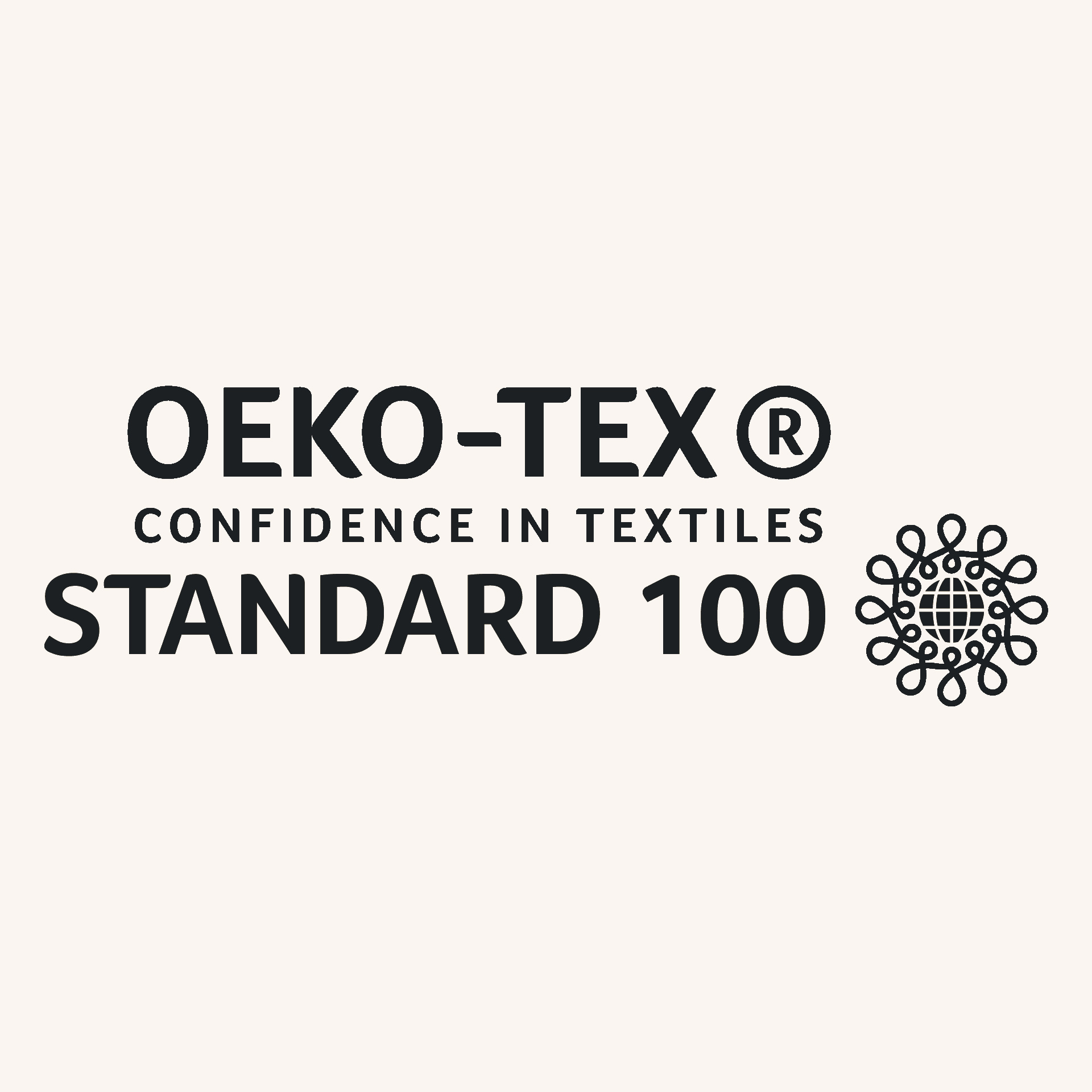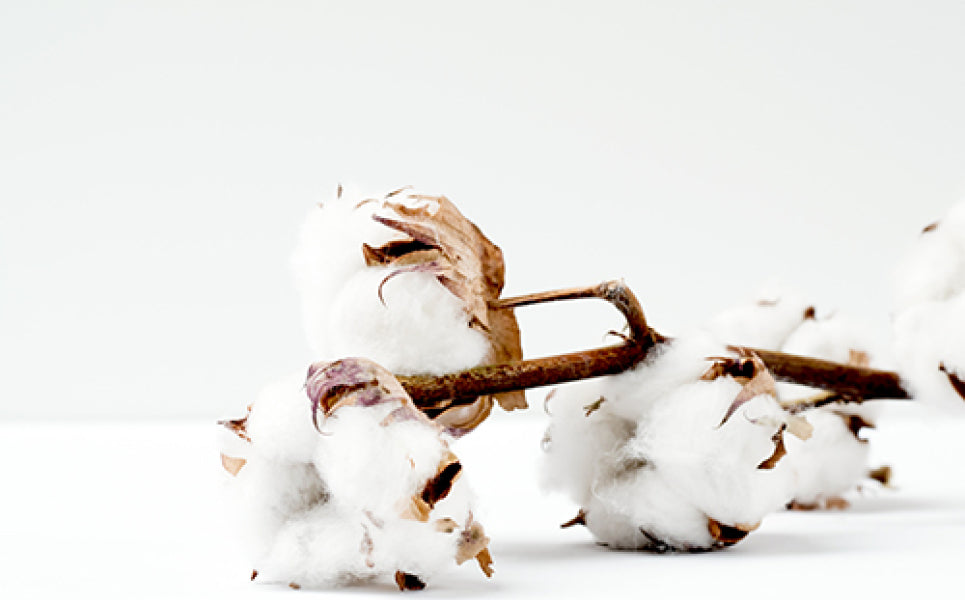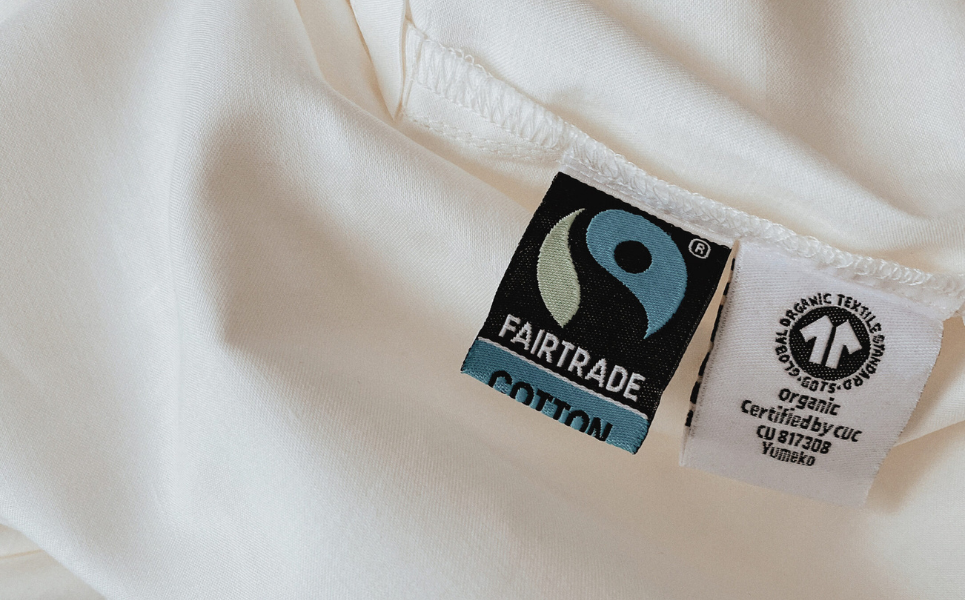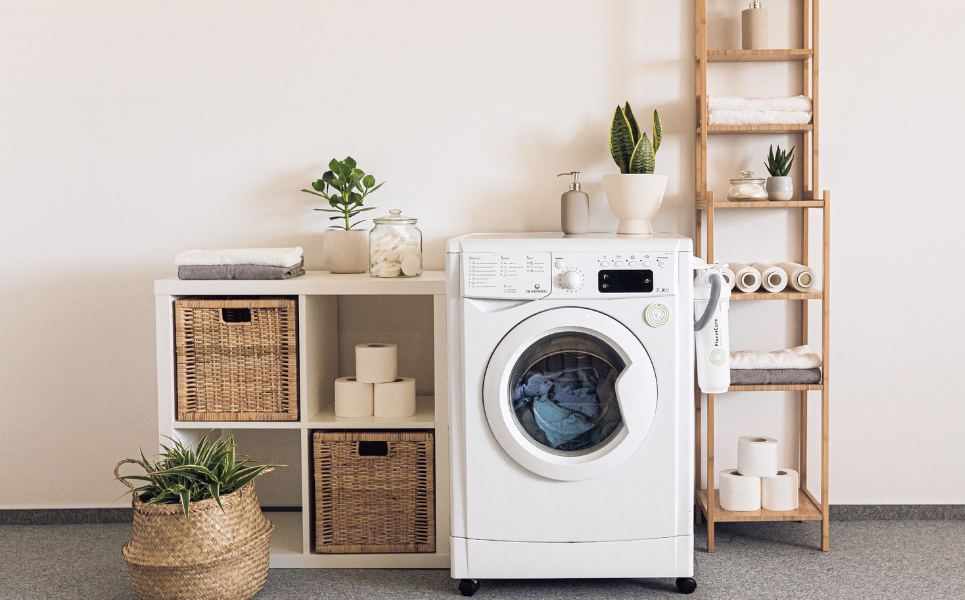Hallmark: OEKO-TEX Standard 100
Hallmark: OEKO-TEX Standard 100

What is OEKO-TEX Standard 100? OEKO-TEX has a number of labels, of which OEKO-TEX Standard 100 is the most widely used. OEKO-TEX Standard 100 is a health label for textiles and is tested for substances that can be harmful to health and cause allergic reactions, for example. This certification is always used for the final product and thus indicates that the final product is free of hazardous materials. In this way, OEKO-TEX indirectly sets requirements for the use of environmentally harmful substances, such as heavy metals, harmful dyes and pesticides.
The OEKO-TEX Standard 100 certification looks at every part of the garment. Yarns, zippers, buttons and linings are all tested for harmful substances, but prints and coatings must also meet the right criteria. OEKO-TEX also has other labels that all certify to a more sustainable end product, including the LEATHER STANDARD and ECO PASSPORT. The latter focuses entirely on certifying chemicals and dyes.
Sustainable end product
It is often not easy for clothing factories to have an overview of all legally harmful substances. OEKO-TEX helps clothing factories and clothing brands with this. OEKO-TEX certification is done on the basis of a number of criteria. Products are extensively tested for harmful substances in which the current legal provisions play an important role. In many cases the limits for these tests go beyond national or international requirements. The tests are carried out by third-party independent parties who test against the OEKO-TEX criteria so that the results are as reliable as possible. The main criteria in the OEKO-TEX Standard 100 certification are:
- The test catalog will include regulations regarding prohibited azo dyes, formaldehyde, nickel, etc.
- Chemicals harmful to health are tested even if they are not yet legally regulated.
- Annexes XVII and XIV of the REACH Directives (REACH is a European Union system dealing with the production and trade of chemicals) and the ECHA-SVHC candidate list are covered by the requirements of the test method.
- OEKO-TEX takes into account the intended use of textiles. The more intensive the skin contract of a textile product, the stricter the limit values per product class.
The last point mentions that different product classes are considered within the OEKO-TEX Standard 100 certification. The closer a product is worn to the skin, the stricter the rules.
- Product class 1: these products are for babies and has the most stringent requirements
- Product class 2: These products have direct contact with the skin. This includes items such as underwear and tops.
- Product class 3: These products have no direct skin contact. This includes items such as jackets, vests and accessories.
- Product class 4: These products fall into the category of household textiles and decorative materials.
Check
Every garment that is OEKO-TEX Standard 100 certified has a label with a certification number on it. This number can be entered on the OEKO-TEX website to see if this certification is still valid. Unfortunately, if it appears that there are areas for improvement at a clothing brand, this certification does not encourage improvement.
OEKO-TEX conducts periodic checks to verify that clothing brands still meet the requirements. These checks are carried out by a third independent party. Through this audit, OEKO-TEX can guarantee that brands carrying their logo really do meet the requirements. This helps us as consumers make a more conscious choice for sustainable fashion. At Sophie Stone, the brands are Girlfriend Collective and Jan 'n June certified with an OEKO-TEX Standard 100 label.












